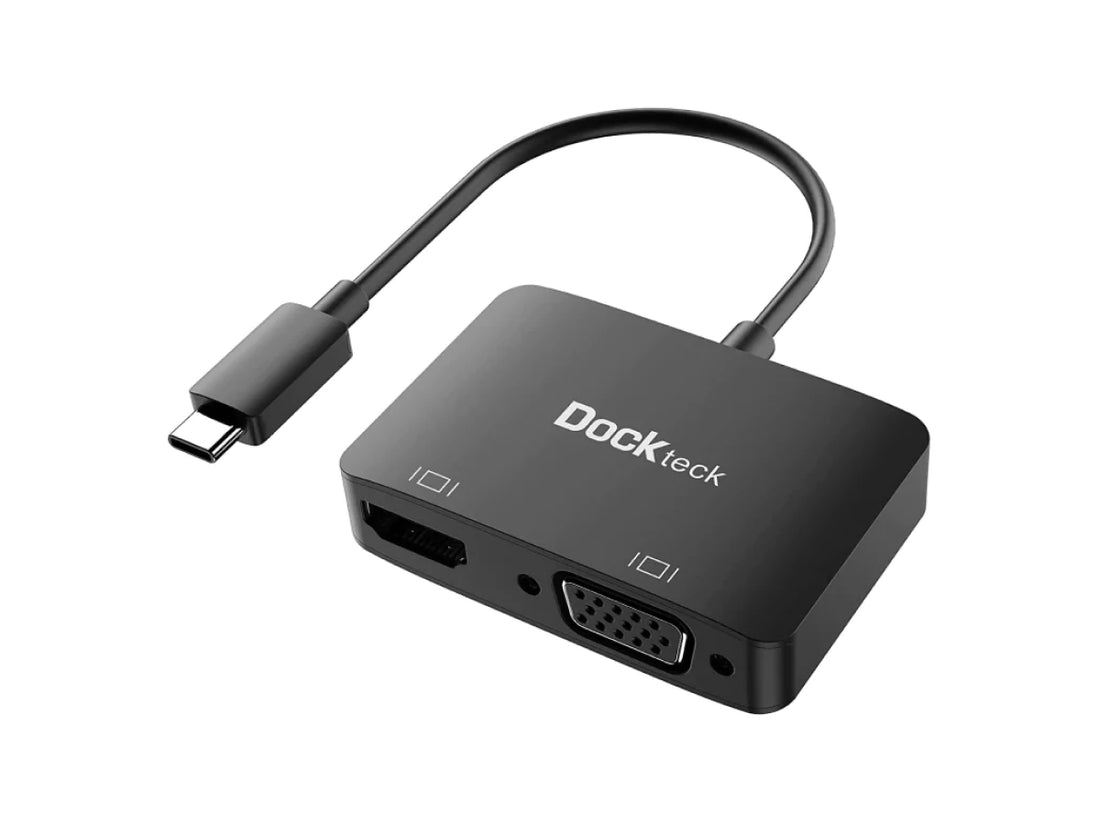There are several reasons you might need to use an HDMI adapter. For one, you might have a device like a video game console that doesn't have an HDMI port but still needs to connect to your TV. For another, you might be trying to hook up two devices that don't match but still need to work together. And for yet another, you might have already hooked up one device with an HDMI port and now want it in something else. What's the most important thing? The right adapter!
What Is an HDMI Adapter?
An HDMI adapter is a device that allows you to connect an HDMI-enabled device to a non-HDMI-enabled device. For example, you can use an HDMI adapter to connect your laptop to an HDTV.
HDMI adapters come in a variety of shapes and sizes, and they offer different features. Some HDMI adapters allow you to connect multiple devices simultaneously, while others include built-in speakers or additional ports.
When choosing an HDMI adapter, you must consider the devices you want to connect, the features you need, and your budget.
Why Do You Need An HDMI Adapter?
If you've ever had to connect a laptop, tablet, or smartphone to a TV, projector, or monitor, you know that it can be a frustrating experience. There are many cables and adapters, and you always need just one more thing. That's where HDMI comes in.
HDMI is a single cable that can carry both audio and video signals. It's the most popular way to connect devices to TVs, and it's also the easiest. Most laptops, tablets, and smartphones have an HDMI port, so all you need is an HDMI cable.
There are two types of HDMI cables: Standard HDMI and Mini HDMI. Standard HDMI cables are larger and have thicker connectors. They're typically used to connect devices to TVs. Mini HDMI cables are smaller and have thinner connectors. They're typically used to connect portable devices, like cameras and camcorders, to TVs.
You'll need an adapter if your device doesn't have an HDMI port. There are three types of adapters: DVI-to-HDMI, DisplayPort-to-HDMI, and Thunderbolt-to-HDMI.
- DVI is a common type of video connection for computers.
- DisplayPort is a newer type of video connection that's becoming more popular on laptops and PCs.
- Thunderbolt is a high-speed data connection often used to connect external storage devices or monitors.
Once you have the suitable cable or adapter, connect your device.
How to Use An HDMI Adapter
You'll need an HDMI adapter if you're looking to connect a device with an HDMI port to a TV or monitor without HDMI inputs. There are a few different types of HDMI adapters, so it's essential to choose the right one for your needs.
HDMI to DVI adapters are the most common and allow you to connect an HDMI device to a DVI input. This is ideal for connecting newer devices, like laptops and Blu-ray players, to older TVs and monitors.
HDMI to VGA adapters are less standard but still useful for connecting devices with HDMI outputs to VGA inputs. This is helpful if you have an older device with only a VGA input and want to connect it to a newer TV or monitor.
Mini HDMI adapters connect smaller devices, like digital cameras and camcorders, to larger displays. These are often included with the device itself, but you can purchase them separately if needed.
Once you've got the suitable adapter, using it is simple. Just plug the adapter into the appropriate port on your device and then use a standard HDMI cable to connect it to the TV or monitor. You may need to switch the input on your TV or monitor to get the image from your device to display correctly.
Conclusion
An HDMI adapter is a great way to connect your iPhone or iPad to a TV, projector, or monitor. With an adapter, you can mirror your device's display on a larger screen or use it as an extra display. And with some adapters, you can even charge your device while you use it. Whether you're looking to watch movies and TV shows on a bigger screen or be more productive with an extra display, an HDMI adapter is a must-have accessory for any iPhone or iPad user.









